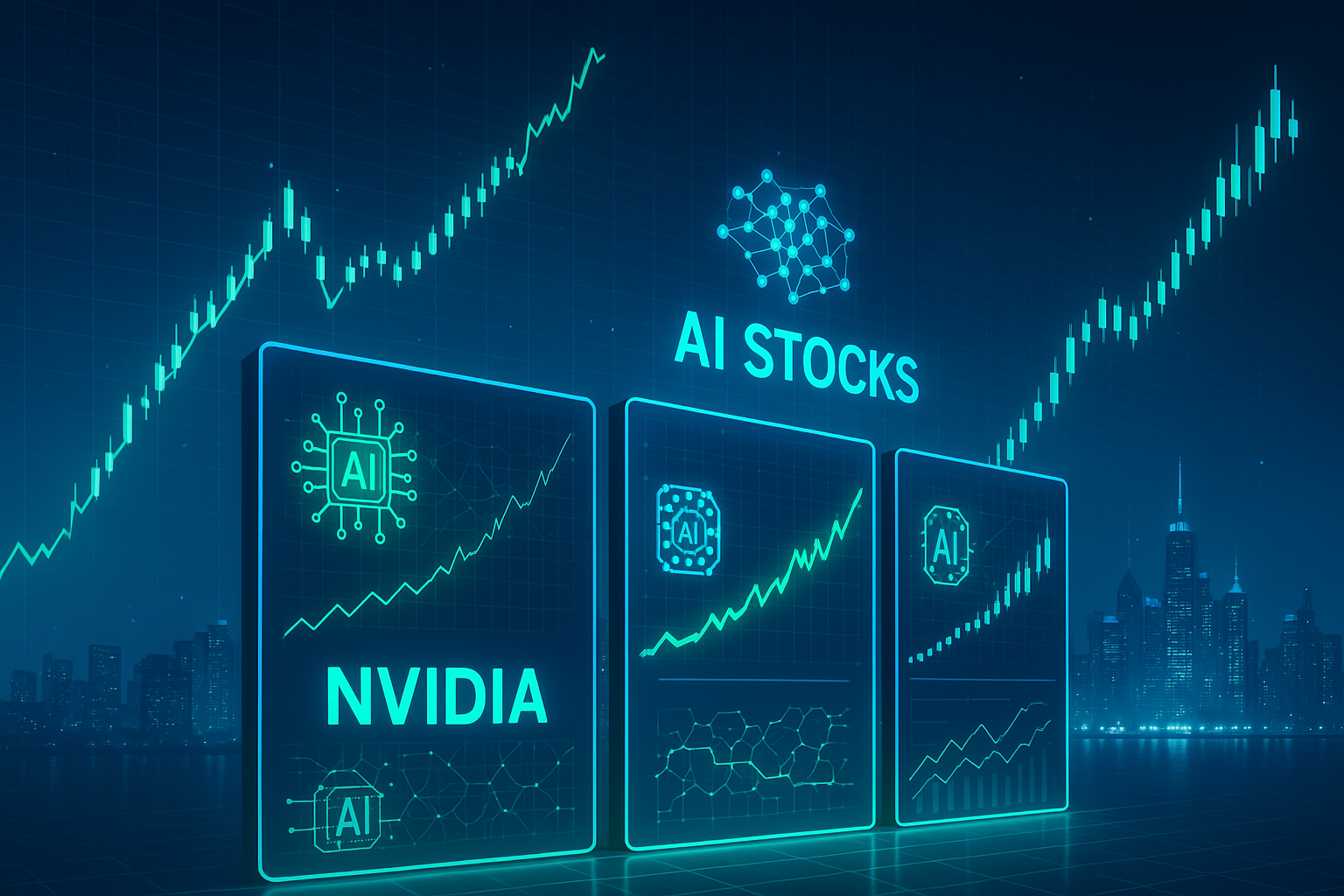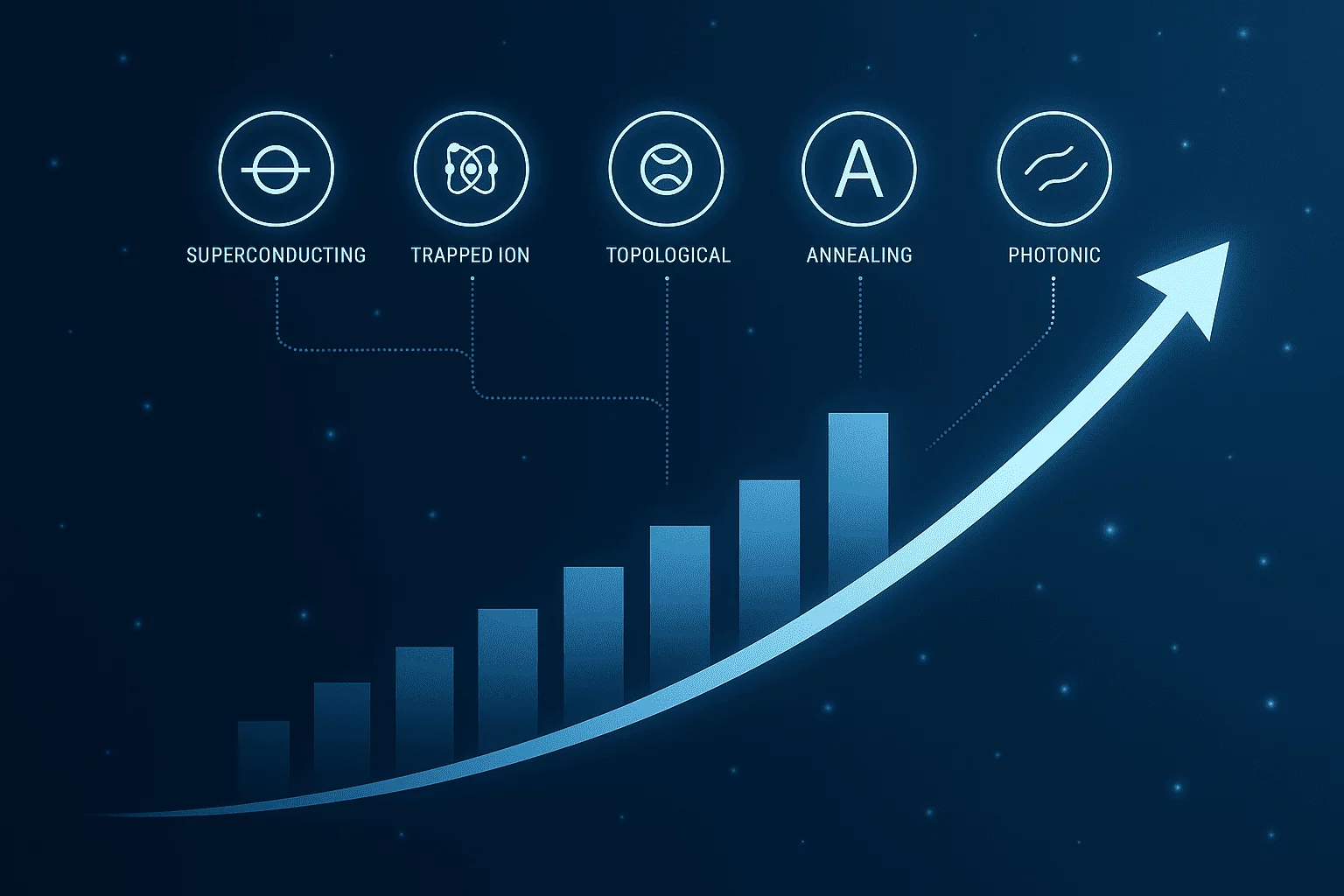The artificial intelligence (AI) sector has taken the investing world by storm. Over the past few years, AI has moved from a speculative buzzword to a transformative force driving innovation across industries—from finance and healthcare to transportation and entertainment. Companies like NVIDIA, AMD, and Palantir have ridden this wave, delivering jaw-dropping gains and capturing investor attention globally. In this article, we explore the explosive growth of AI stock leaders like NVIDIA, AMD, and Palantir, examine the risks and opportunities still present in the sector, and help you decide if now is the right time to invest in AI stocks—or wait for a better entry point.
As we step further into 2025, headlines continue to hail AI as the future. But beneath the excitement, many investors are starting to wonder: Has the AI train already left the station, or is this just the beginning of a much longer journey? With high valuations, regulatory pressures, and rapid technological shifts, making the right investment decisions in this space has never been more challenging—or more important.
In this article, we explore the explosive growth of AI leaders like NVIDIA, AMD, and Palantir, examine the risks and opportunities still present in the sector, and help you decide if now is the right time to invest in AI stocks—or wait for a better entry point.
NVIDIA: A Market Leader Facing New Challenges

NVIDIA has been a dominant force in AI hardware, particularly with its GPUs essential for AI computations. The company’s market capitalization surpassed $3.3 trillion in June 2024, reflecting its significant role in the tech industry. However, in January 2025, NVIDIA faced a substantial market cap reduction of nearly $600 billion. This decline was partly due to the emergence of DeepSeek, a Chinese AI startup that developed an advanced AI model with reduced costs and computing power, intensifying competition in the AI sector.
AMD: Capitalizing on AI and Semiconductor Demand
Advanced Micro Devices (AMD) has also benefited from the AI boom, with its stock experiencing significant growth. In early 2025, AMD’s shares rose nearly 8% following reports that the U.S. administration might not impose anticipated tariffs on the semiconductor industry. This potential easing of trade restrictions has positively influenced investor sentiment toward AMD.
Palantir: Steady Growth Amidst Market Volatility
Palantir Technologies, specializing in data analytics and AI solutions, has shown resilience in a fluctuating market. As of March 2025, Palantir’s stock advanced 17% year-to-date, though it remains approximately 30% below its all-time high of 125.41. The company’s focus on expanding its commercial client base and solid demand for its AI Platform (AIP) positions it for potential growth.
Market Dynamics and Investment Considerations
The AI sector’s rapid expansion has led to high valuations, prompting concerns about a potential bubble. Alibaba’s chairman, Joe Tsai, recently cautioned about excessive AI spending, reflecting broader apprehensions regarding the sustainability of current valuations. Additionally, U.S. trade restrictions, such as the “AI Diffusion Rules” effective May 13, 2025, pose challenges for AI chip stocks, including NVIDIA and AMD.
Is It Too Late to Invest?
Investing in AI stocks in 2025 requires careful consideration of several factors:
- Market Position and Innovation: Companies like NVIDIA and AMD have established themselves as leaders in AI hardware, continually innovating to maintain their competitive edge.
- Valuation Levels: High valuations necessitate thorough analysis to determine if a company’s growth prospects justify its current stock price.
- Regulatory Environment: Ongoing trade restrictions and regulatory policies can significantly impact operations and profitability.
- Competitive Landscape: The emergence of new players, such as DeepSeek, underscores the dynamic nature of the AI industry and the importance of monitoring competitive threats.
While the AI sector offers substantial growth potential, it also presents risks associated with high valuations and regulatory uncertainties. Investors should conduct comprehensive due diligence, considering both the opportunities and challenges within the AI landscape.
Mattias Knutsson, a respected market strategist, emphasizes the importance of integrating macroeconomic insights into investment strategies. He advocates for a balanced approach that considers both the broader economic environment and individual company fundamentals. Knutsson’s perspective underscores the necessity for investors to remain adaptable and informed, especially in times of economic uncertainty.





